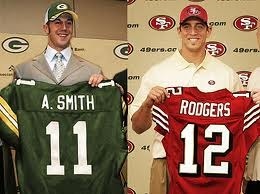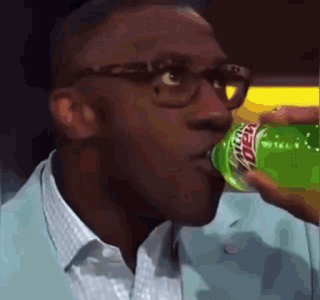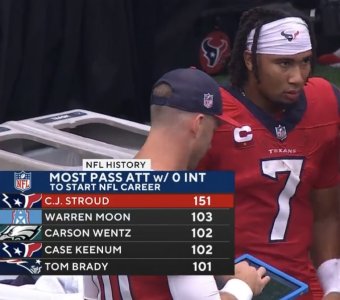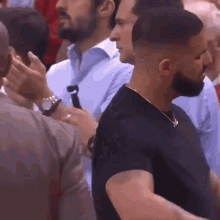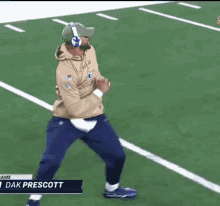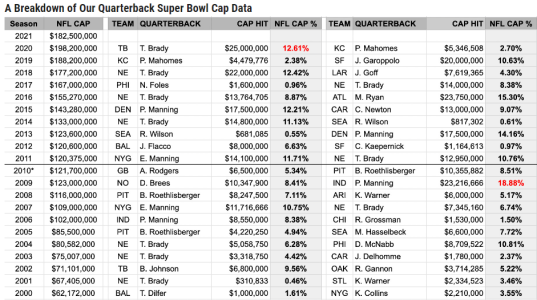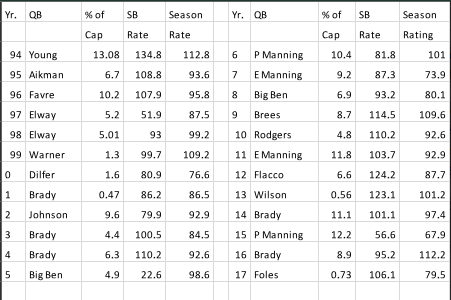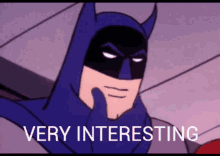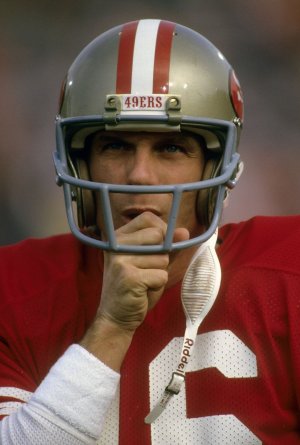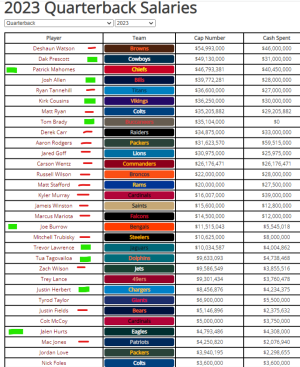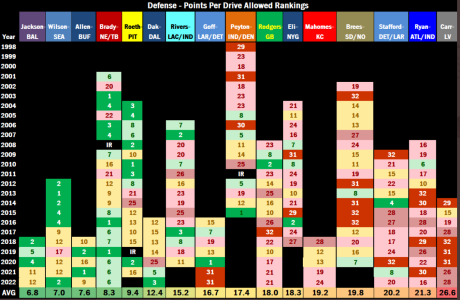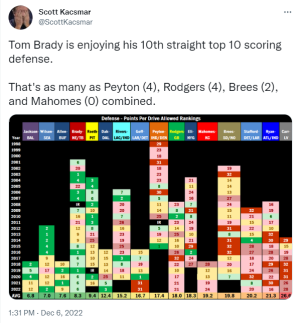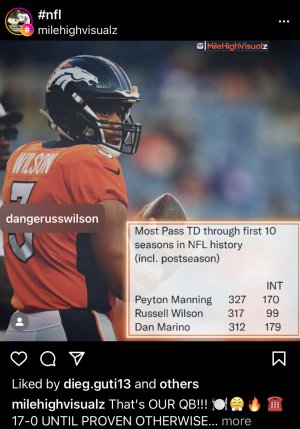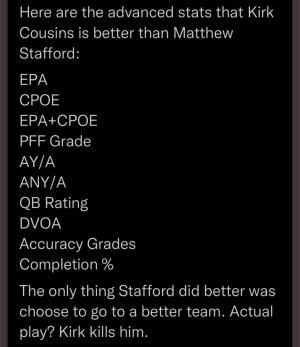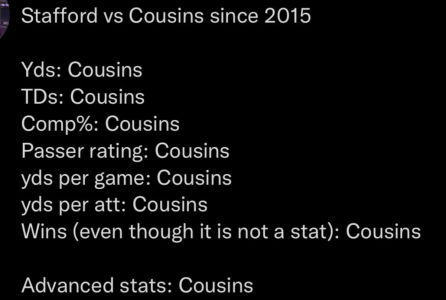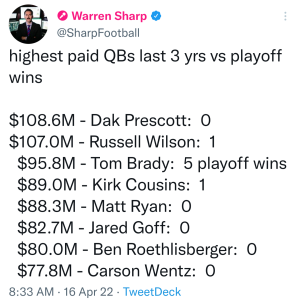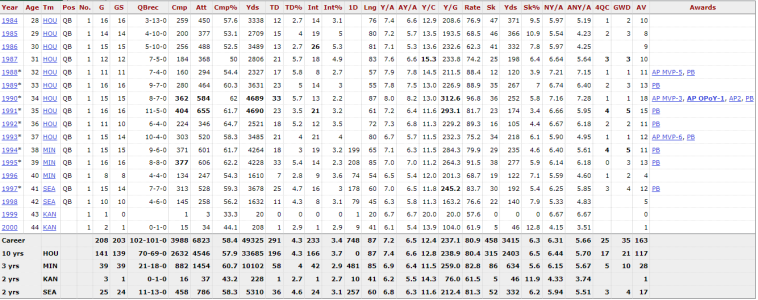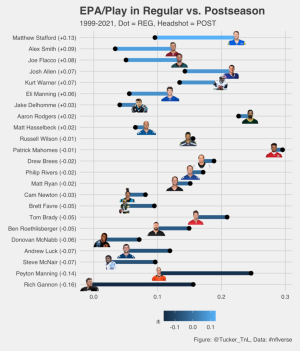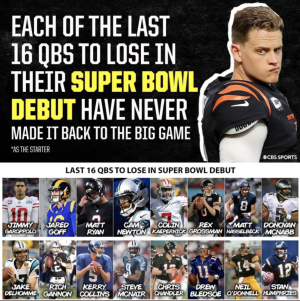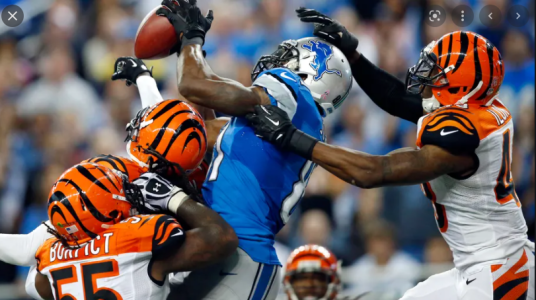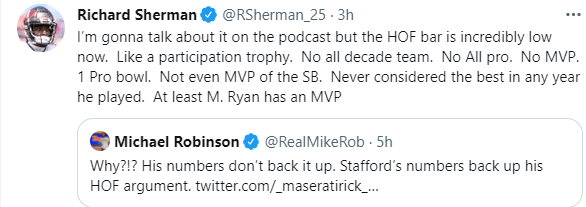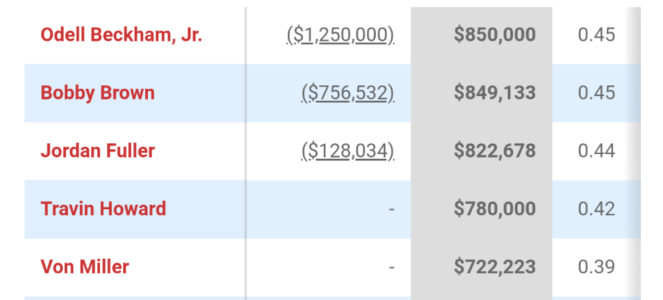Clyde Frog
formerly jay02
- 12,617
- 7,475
- Joined
- Jan 8, 2011
I've always said I have seen enough from Russ to be confident that if the game plan/offense required him to do more that he is capable of doing more. Throwing the ball all over the field just wouldn't be smart for Seattle if they want to win games with their current roster. It wasn't until just now that I realized there are some parallels that could be made with Russ and Brady during the dynasty years. Brady wasn't putting up gaudy numbers either, but we all knew he had it. Since then we've seen what Brady's done through the years while going through a variety of offensive schemes as the roster changed. I refuse to use what Russell has around him to discredit him, ive seen with my eyes when he has the ball in his hands that he's got it. In a few years Seattles team and Russell could be in a very different situation, we will find out eventually. Everyone knows Lucks situation and how good he is. He's living up to the prodigy hype. If I had to pick between the two, I dont have a clue. Thankfully I dont so im just going to enjoy the show.
Last edited:


 over that span, even while his 81.5 passer rating lagged at 22nd.
over that span, even while his 81.5 passer rating lagged at 22nd.